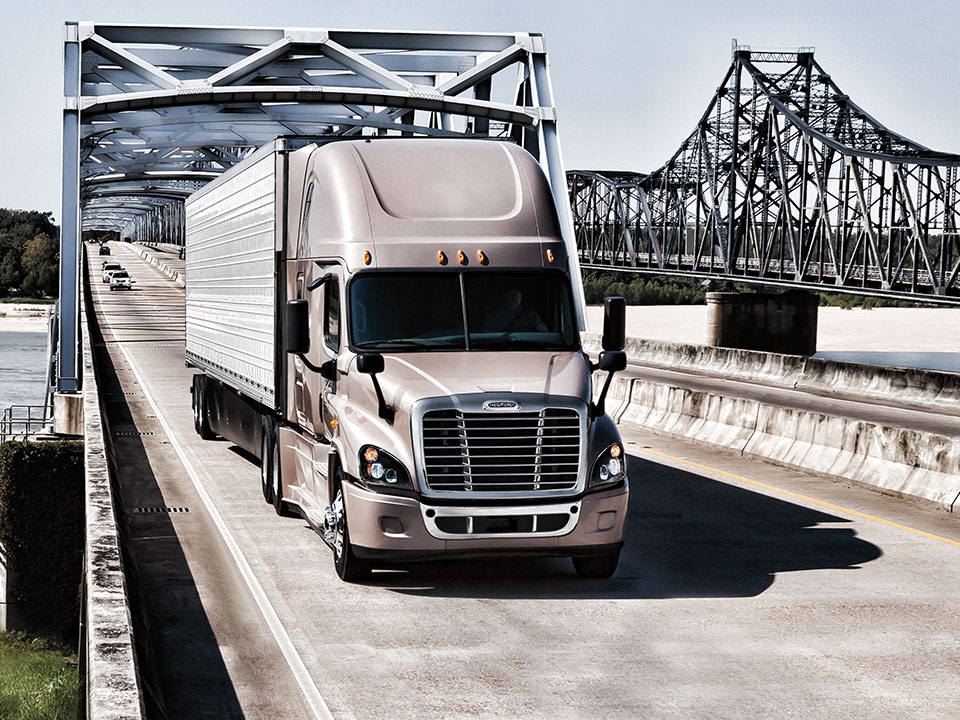From diesel to alternative fuels to hybrid to electric, the trucking industry is constantly searching for ways to optimize their fleets while still satisfying business needs.
In reality, electric vehicles have been around since the late 1800’s, including cars developed by Ferdinand Porsche, Thomas Edison, and Henry Ford, but as gasoline-powered combustion engines gained more and more traction…and with the issues of limited mileage before the need for a new charge, electric vehicles all but disappeared around 1935. Throughout the 20th century, auto makers, like General Motors, would test electric vehicles, but it was the Tesla, produced in 2008, that really made it clear that there was an alternative to gas-powered cars.
The trucking industry begins to say “charge it”
Whether it’s due to the Biden administration’s push for electric vehicles (EVs), CARB regulation mandating zero emission by 2035 for 55% of new tractor trucks and 75% of new Class 4-8 ridged trucks, fuel shortages caused by the Texas winter storm and Colonial Pipeline hack, or simply the acceptance that business is often in an “adapt or die” situation, the industry is taking a close look at this technology. Demand for the vehicles is increasing, with models being built by Paccar, Daimler, Kenworth, Volvo, and Tesla among others and the supply chain for the OEMs is growing right along with it.
According to the IDTechEx report, Electric Truck Markets 2021-2024, the US has usually lagged behind China and Europe when it comes to the deployment of electric commercial vehicles; however, that is definitely changing with the US electric truck market “primed for huge growth.” So, what is the forecast for this technology? The report has the market value in US dollars at $1.3 billion in 2021 with a remarkable growth to $170.9 billion by 2041. The competition will be stiff for US makers as Chinese manufacturers, who have extensive experience in producing electric buses and batteries, are getting substantial backing from the Chinese government.
Concerns and drawbacks
As with any new technology, there is always concern regarding cost. According to a recent Forbes article, “most electric truck models coming down the pike will cost more to purchase than diesel trucks. A 375-mile range truck with the current battery price of $135/kWh is expected to cost 75% more than a diesel counterpart.” Much of that cost is, of course, related to new technology which usually becomes more affordable as it becomes widely adopted. The major drawbacks, besides cost, have been a lack of charging infrastructure and the range batteries enabled trucks to drive. That is why companies whose fleets have smaller vehicles that require less extensive range have been the early adapters of EVs. But Class 8 trucks with less required range are also good candidates. PepsiCo Director of Fleet Engineering and Sustainability noted that 93% of Pepsi’s Class 8 trucks at their Sacramento facility drive less than 100 miles per day. They are also parked for 15 hours or more, which allows for plenty of charging time.
Battery charging times and battery range concerns are being addressed however, The Forbes article also notes that the “total cost of ownership for electric freight trucks could be 50% cheaper than for diesel trucks by 2030, generating billions in savings.” This is mainly due to increasing battery range and an expanding fast charging network, along with decreasing cost to purchase as the volume in electric truck sales increases. Battery pack prices alone have plunged more than 85% in the last decade and are likely to continue falling.
To break that down, notes Forbes, if you consider that battery pack prices currently average $135/kWh, “a Class 8 electric truck – traveling an average of 300 miles a day would cost 13% less to own per mile than a conventional diesel truck. The electric truck in this scenario, with a range of 375 miles, would pay for itself in less than three years, saving the owner about $200,000 over its lifetime.” Depending on the size of you’re the fleet, companies could anticipate millions in savings and the industry itself could realize savings running into the billions.
Then, of course, there is the issue of technician training. We already have a significant shortage of qualified diesel technicians and this is expected to worsen over time. Techs are already having to learn new technology constantly, including telematics. Now, these technicians will have to learn to operate on two kinds of engines, diesel and electric. Although there is significant overlap in maintenance and repair with diesel and electric, there are also significant differences, including the inherent danger of working with high voltage environments. OEMs are well aware of this; that’s why Volvo and Mack, among others, are opening up training facilities, specifically to train technicians on electric trucks. Third-party training programs are also growing.
The environmental benefits are huge
Obviously, you can’t talk about electric trucks without addressing sustainability and environmental issues. Globally, medium-duty and heavy-duty trucks account for only 9% of vehicle stock; however large diesel truck engines and high average annual mileage make up 39% of greenhouse gas emissions for those in the transport sector. It’s clear that concerns regarding air quality and emissions standards make electric vehicles an increasingly viable and necessary choice. But there will need to be a collaborative effort between state and federal regulators, utilities, education, and the trucking industry. Some electric utilities are considering commercial electric vehicle rates and the removal of demand charges. Although fleet facilities will have charging capabilities, there will still need to be expanded charging station availability for trucks on the most heavily trafficked highways. Regulatory changes will need to be considered as the number of electric trucks grows. And technician training will need to expand.
The age of electrification for fleets may just be in its nascent stage when it comes to heavy-duty vehicles, but it is clear that, from lower total cost of ownership to cleaner air, this technology is no longer a matter of “if” but “when.” If electric vehicles are not part of your long-range plans, perhaps they should be.
Read my IdeaXchange article on how additional technologies can lead to a cleaner future.





